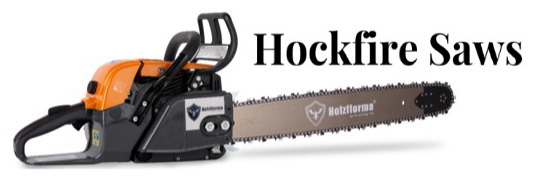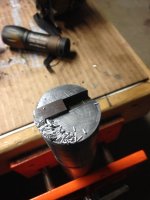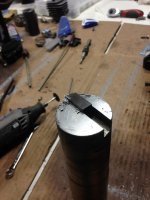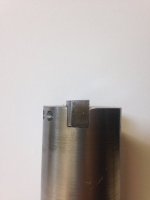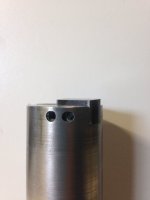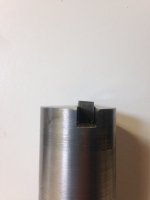It gets quicker with time, when I first started lining up base plates with a cylinder it prolly took 45 minutes. I'll indicate the back side of the cylinder (chamber end) first, using the 4 jaw. Loosen/tighten the nuts on the base to bring it close to .0 runout for starters then go back and do the back side again cuz it's usually gonna knock it out .010-.015 and come back and indicate the base end of the cylinder. For good measure go back and check the back side once more. Sometimes it takes 3-4 times of doing that, sometimes not. I primarily run a lathe day in day out so let's just say I get a ton of practice.






